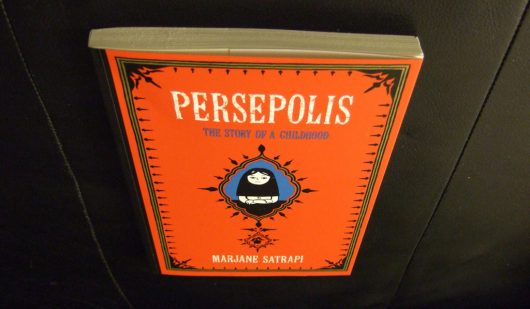Global Need Through Graphic Novels
 The World Food Program has teamed up with comic writer Joshua Dysert, artist Alberto Ponticelli, colorist Pat Masioni and letterist Thomas Mauer to illustrate global need through graphic novels.
The World Food Program has teamed up with comic writer Joshua Dysert, artist Alberto Ponticelli, colorist Pat Masioni and letterist Thomas Mauer to illustrate global need through graphic novels.
Their first collaboration was “Living Level-3: Iraq” in February 2016, which followed Khaled Bushar, an Iraqi refugee, as he tries to survive in the country during the rise of the Islamic State. In 2017, their second graphic novel, “Living Level-3: South Sudan”, follows members of a Sudanese family who have to leave their home for a more dangerous place because of famine. Both graphic novels also revolve around Leila Helal, an aid worker for the WFP.
Before working on either graphic novel, Dysert spent time in both countries, classified by the United Nations as level 3 emergencies due to extreme humanitarian crises, interviewing the citizens and studying the area. He then worked with the rest of the creative team to devise graphic novels that present an honest and compelling picture of the situation in each country.
One of the benefits of illustrating global need through graphic novels is the ability to create an engaging story while informing the public about the country’s humanitarian situation. In an interview with Humanosphere, Dysert discussed how he wanted to present facts about what was going on in Iraq, but not in a dry medium like many documentaries. Graphic novels provide him with that opportunity, using illustrations and storytelling.
Another opportunity that results from highlighting global need through graphic novels is the scope that graphic novels can cover compared to other mediums. WFP’s head of television communications Jonathan Dumont and head of graphic design and publishing Cristina Ascone have talked about how graphic novels provide an overall picture of everything involved with the crisis, from the citizens to the governments to the aid organizations and beyond. Details like these are harder to notice when looking at a photograph or watching a short video.
Illustrating global need through graphic novels also provides more opportunities for empathy. As discussed by Mashable, the readers get to know the characters, their personalities and their relationships. Therefore, the readers are more invested in what happens to those characters when the hardships of living in their communities occur. They wish for a better life for those characters and praise the efforts of the aid organizations. A final benefit that comes from describing global aid through graphic novels is that it promotes global advocacy to a new audience.
WFP is already working on a third “Living Level-3” graphic novel. Their dedication to explaining global need through graphic novels will hopefully spark an interest in global issues in others.
– Cortney Rowe
Photo: Flickr
